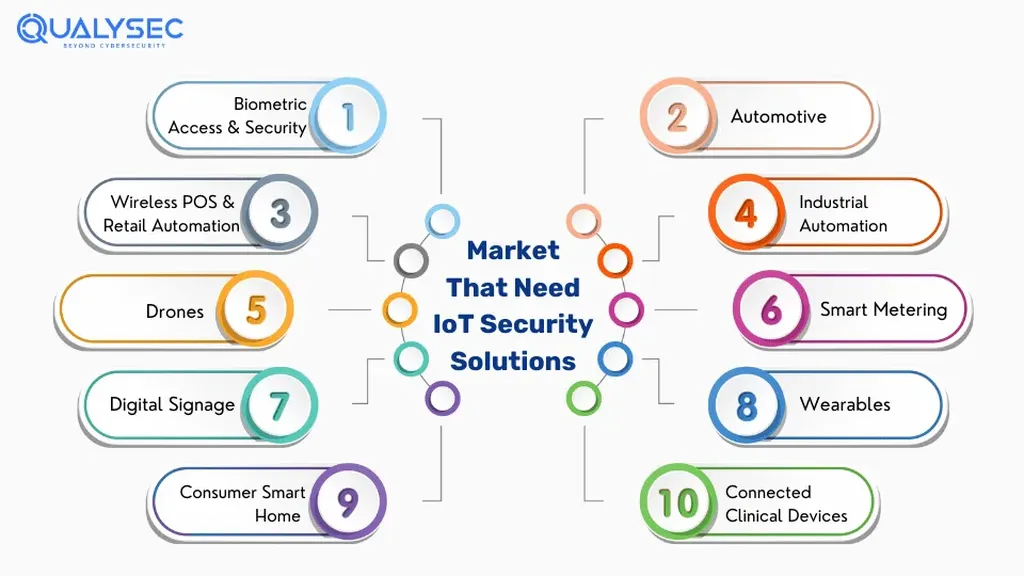In an era where Internet of Things (IoT) devices are becoming increasingly ubiquitous, the security of these systems is more critical than ever. A recent study by Sergio Benlloch-Lopez, Miquel Viel-Vazquez, Javier Naranjo-Alcazar, Jordi Grau-Haro, and Pedro Zuccarello addresses the vulnerabilities and potential threats associated with IoT audio classification devices. Their research introduces a comprehensive defence-in-depth architecture designed to protect sensitive data while operating under stringent resource constraints.
The proliferation of IoT devices equipped with microphones and capable of performing on-device audio classification presents unique challenges. These devices handle highly sensitive data, making them prime targets for cyber threats. The researchers propose a multi-layered security protocol that treats the edge device, cellular network, and cloud backend as three separate trust domains. This segmentation is crucial for isolating potential breaches and ensuring that a compromise in one domain does not automatically compromise the others.
Central to this architecture is the use of Trusted Platform Module (TPM)-based remote attestation and mutually authenticated TLS 1.3. At startup, each boot stage is measured into TPM Platform Configuration Registers (PCRs). The node can only decrypt its Linux Unified Key Setup (LUKS)-sealed partitions after the cloud has verified a TPM quote and released a one-time unlock key. This mechanism ensures that any rogue or tampered devices remain inert, thereby preventing unauthorized access and potential data breaches.
The study employs a STRIDE-driven threat model and attack-tree analysis to guide the design of the security protocol. STRIDE, which stands for Spoofing, Tampering, Repudiation, Information Disclosure, Denial of Service, and Elevation of Privilege, is a method used to identify potential security threats. By using this model, the researchers can systematically address various attack vectors and implement countermeasures to mitigate them.
Data in transit is protected by TLS 1.3, which is enhanced with Kyber and Dilithium algorithms to provide post-quantum resilience. This hybrid approach ensures that the data remains secure even against the threats posed by quantum computing. Additionally, end-to-end encryption and integrity hashes safeguard extracted audio features, ensuring that the data integrity is maintained throughout its lifecycle.
The researchers also emphasize the importance of securing data at rest. They propose a 3-2-1 strategy, which involves maintaining three copies of data on two different media types, with one copy stored off-site. This includes a solid-state drive sealed with LUKS, an offline cold archive encrypted with a hybrid post-quantum cipher, and an encrypted cloud replica. This multi-layered approach ensures that data remains protected against various forms of physical and cyber threats.
Signed, rollback-protected AI models and tamper-responsive sensors further harden the firmware and hardware of the IoT devices. These measures ensure that any attempts to tamper with the device or its firmware are detected and mitigated promptly. The researchers also outline a plan for evaluating the physical and logical security of the proposed protocol, ensuring that it meets the highest standards of security and reliability.
The implications of this research are significant for the defence and security sector. As IoT devices become more integrated into military and critical infrastructure, the need for robust security protocols becomes paramount. The defence-in-depth architecture proposed by the researchers provides a blueprint for securing these devices against a wide range of threats. By implementing such protocols, defence agencies can ensure the integrity and security of their IoT systems, thereby safeguarding sensitive information and maintaining operational effectiveness.
In conclusion, the research by Benlloch-Lopez et al. offers a comprehensive and innovative approach to securing IoT audio classification devices. By addressing the unique challenges posed by these devices and implementing a multi-layered security protocol, the researchers provide a robust framework for enhancing the security of IoT systems. This research not only advances the field of IoT security but also sets a new standard for protecting sensitive data in an increasingly connected world. Read the original research paper here.

